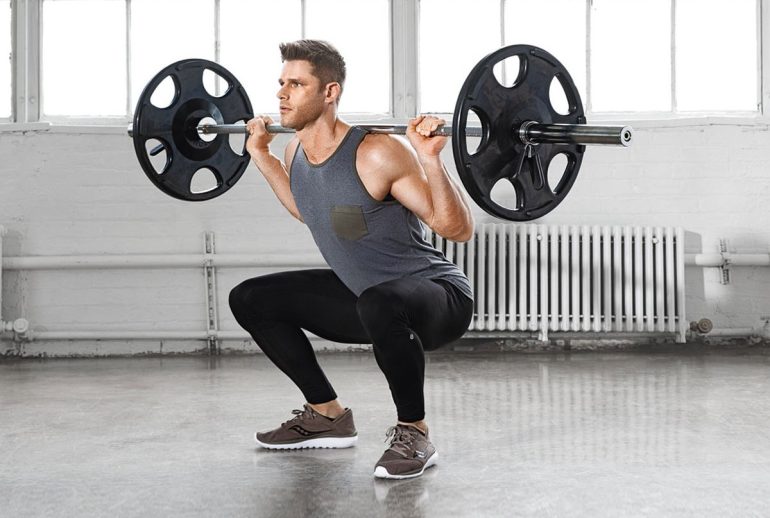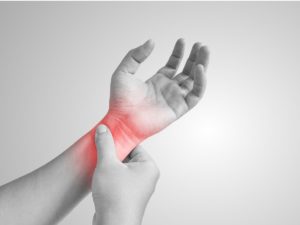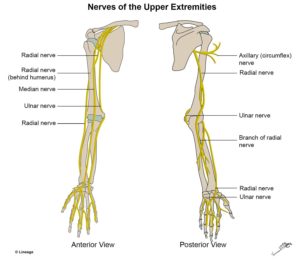The Squat is a common sight on any gym floor. Seems pretty standard and easy to do, yet it’s a common cause of many injuries we see here at Health House Clinics. Without the proper advice on technique it can lead to the increased risk of injury. So how do you achieve that perfect squat technique?
What is a Squat?
It’s commonly mislabelled as a “leg exercise”, but it is so much more than that. Technically a full body compound exercise that relies on the entire body to be performed correctly and efficiently. It works the hips, hamstrings, quadriceps and glute muscles, but also the core and lower back muscles for stabilisation. Once a bar is added, upper back and arms come into be worked as well. Therefore correct and proper technique is essential when it comes to squats to avoid injury or unnecessary stain on the entire body. First we need to discuss the factors needed to perform the perfect squat technique.
Mobility Needed to Squat
For a full range or near full range squat to be achieved, the body must be able to handle it. There are a few values of mobility that need to be achieved to ensure the body can withstand the forces experienced. These include a certain level of mobility and joint range of motion combined with joint stability.
- 15-20 degrees of ankle dorsiflexion (1)
Click here to test your ankle dorsiflexion at home.
Cant get the full range?—Click here to get some exercises to improve ankle dorsiflexion.
- 120 degrees of hip flexion (1)
Tight hip flexors may be causing this limited hip flexion. Click here to test your hip flexion at home.
- 40 degrees hip internal rotation
Click here to test your hip mobility at home.
Simple hip mobility exercises can increase hip flexibility and help improve this internal rotation. An assessment from your health practitioner at Health House Clinics can provide this personalised program for you.
- Thoracic spine mobility
To test your Thoracic spine mobility try a Wall angel at home. Click here.
To improve Thoracic spine mobility make an appointment with one of our health care professionals at Health House Clinics
When these values aren’t achieved and there is decreased range of motion in the selected joints, the body compensates throughout the movement pattern. For example, with decreased mobility in the ankles, the knees get pushed forward and the heels may also start to peel off the ground. This increases the strain through the body as it attempts to stabilise through compensation. Research shows that less than adequate ankle dorsiflexion increases the risk of injuries to the knees, hips or lower back during functional movement patterns.
Stability Needed to Squat
While mobility refers to movement, stability refers to control. Stability is the ability to control joint movement and position. Hence, making it extremely important in functional movement patterns, such as squatting. The main components required for stability through a good squat technique are:
- Hip stability through muscles including:
- Gluteus medius
- Quadratus lumborum
- Abductors
- Ankle and knee proprioception
The most significant and most common movement compensation seen is ‘knee valgus’. Commonly known as ‘knock-knees’ or ‘medial knee displacement’, and it’s when the knees fall in. Knee valgus can occur due to problems at the ankle joint and/or hip joint. It’s commonly associated with limited ankle mobility and weakness of the hip abductors and external rotators, most notably the gluteus medius.
Getting these deficits treated and corrected is extremely important to prevent injury. At Health House Clinics, we do a full assessment and history that includes a functional assessment to screen for these deficits. With soft tissue work, joint manipulation and mobilisation, trigger point dry needling and functional rehab, we can assist in building the mobility and stability needed to perform the perfect squat. Click here to book an appointment today.
References
- http://www.ptonthenet.com/articles/biomechanics-of-the-squat-4016
- https://greatist.com/fitness/perfect-squat
- https://stronglifts.com/squat/
- https://www.nerdfitness.com/blog/strength-training-101-how-to-squat-properly/



